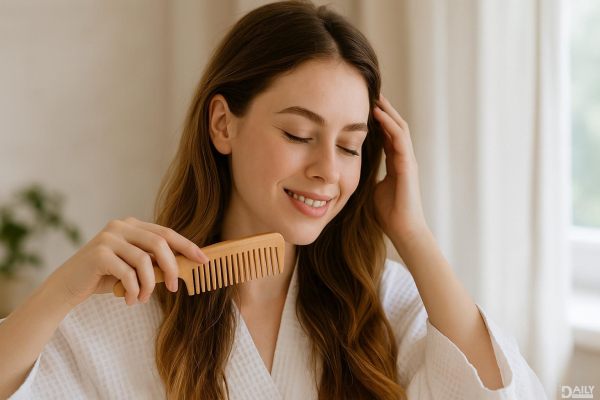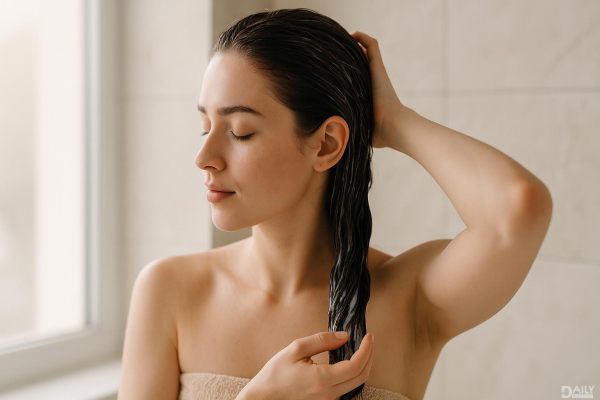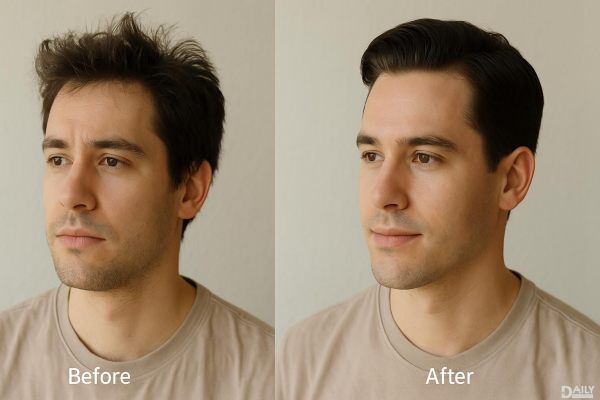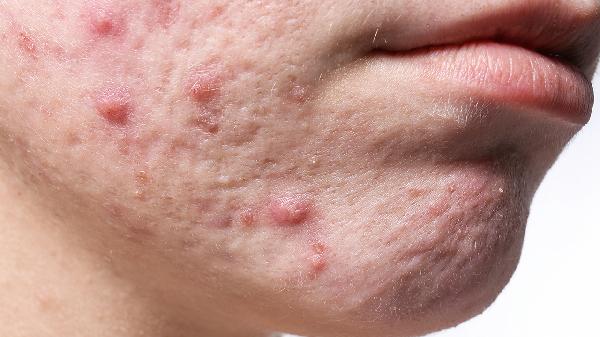Ever noticed those tiny, grayish dots on your nose or chin that never seem to go away? Chances are, they’re sebaceous filaments—not blackheads. Using the wrong treatments can actually worsen clogged pores. Instead of harsh scrubs or pore strips, a gentle skincare routine with non-comedogenic cleansers, exfoliation, and proper hydration is the key to managing them effectively. This approach helps keep pores clear without damaging your skin.
Keep reading to discover the best face wash for sebaceous filaments, how to prevent blackheads, and the most effective way to maintain a smooth, healthy complexion.
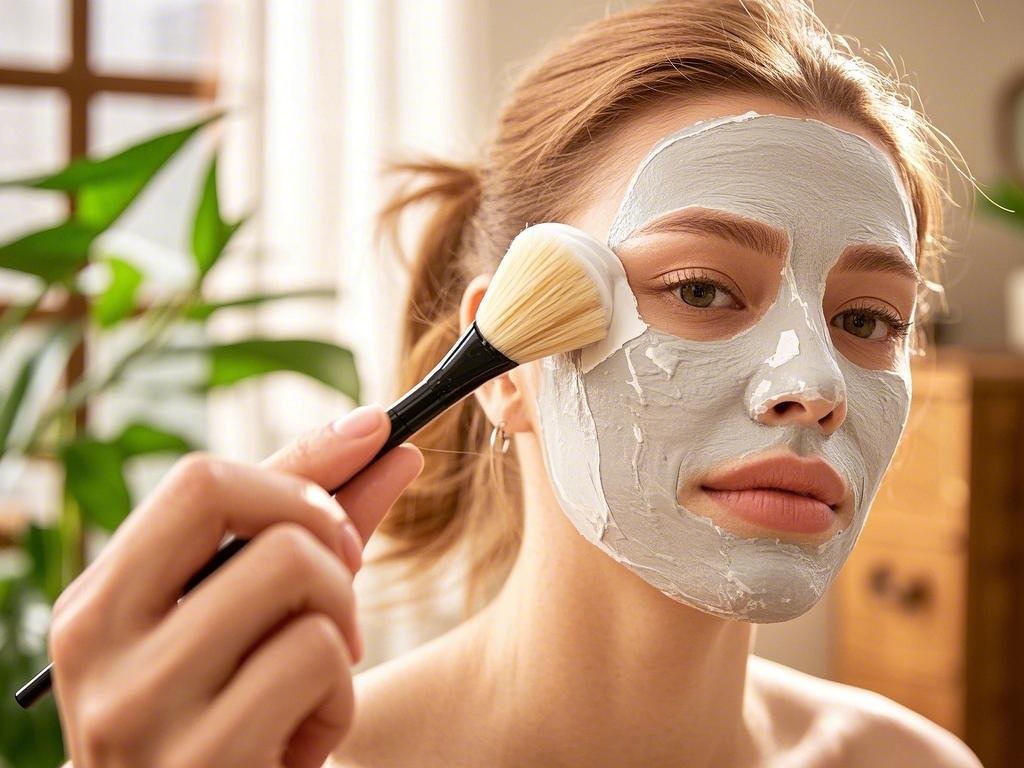
What Are Sebaceous Filaments & How Are They Different from Blackheads?
Sebaceous filaments are natural structures within pores that help transport sebum to the skin’s surface, preventing dryness. They become more noticeable when excess oil accumulates, particularly on the nose, chin, and forehead.
Many people mistake sebaceous filaments for blackheads due to their visible appearance. However, blackheads form when oil and dead skin cells clog pores, leading to oxidation and a darkened surface. Sebaceous filaments, on the other hand, appear lighter and more evenly distributed. Proper skincare can minimize their appearance but not eliminate them permanently.
Sebaceous Filaments vs. Blackheads
Sebaceous filaments are naturally occurring structures that help oil flow, while blackheads are clogged pores filled with oxidized oil and debris. Sebaceous filaments are evenly spread across areas like the nose and chin, whereas blackheads are more irregular in placement and slightly raised. Sebaceous filaments are grayish or yellowish in color, while blackheads are dark black due to oxidation of trapped sebum. Sebaceous filaments cannot be permanently removed but can be minimized, whereas blackheads can be extracted but often return over time.
The Best Gentle Skincare Routine to Clear Sebaceous Filaments
A consistent, gentle skincare routine can help minimize the appearance of sebaceous filaments without irritating the skin. Using the right products ensures deep cleansing, hydration, and protection while keeping oil production in check.
Step 1: Use a Non-Comedogenic Face Wash
A gentle, non-stripping cleanser removes excess oil and impurities without disrupting the skin barrier. Over-cleansing can cause more oil production, making sebaceous filaments more visible.
How to use:
Wash your face twice daily using lukewarm water.
Massage the cleanser onto oil-prone areas like the nose and chin for about 30 seconds before rinsing.
Best Product: 100% PURE Tea Tree Detox Cleanser
This natural, sulfate-free cleanser contains tea tree oil, known for its antibacterial properties, and willow bark extract, which gently exfoliates and purifies pores. It effectively removes dirt and excess sebum while soothing the skin, making it ideal for those with oily or combination skin.
Step 2: Exfoliate with a BHA to Deep-Clean Pores
Salicylic acid (a beta hydroxy acid, or BHA) penetrates deep into pores to dissolve excess oil and prevent sebaceous filaments from oxidizing into blackheads.
How to use:
Apply a BHA-based toner 2-3 times per week after cleansing.
Avoid over-exfoliating, which can lead to increased oil production and irritation.
Best Product: 100% PURE Tea Tree & Willow Clarifying Astringent
Formulated with tea tree oil and willow bark extract, this astringent gently exfoliates while controlling excess oil. It also contains green tea extract, which has anti-inflammatory properties, making it effective yet soothing for those prone to clogged pores.
Step 3: Keep Your Skin Hydrated with a Lightweight Moisturizer
Dehydrated skin compensates by producing more oil, making sebaceous filaments more noticeable. A lightweight, non-comedogenic moisturizer keeps hydration balanced without clogging pores.
How to use:
Apply after cleansing and exfoliating to lock in moisture and maintain skin balance.
Best Product: 100% PURE Hydra Drench Cream
This water-based, non-greasy moisturizer features chia seed gel, which provides deep hydration without adding excess oil. It also contains aloe vera and seaweed extract, which help soothe the skin and reduce inflammation while keeping it lightweight and breathable.
Step 4: Use a Clay Mask Once a Week
Clay masks absorb excess oil and impurities from deep within the pores, temporarily reducing the appearance of sebaceous filaments.
How to use:
Apply to oily-prone areas like the T-zone and leave on for 10-15 minutes before rinsing.
Best Product: 100% PURE Charcoal Clay Cleanser
This detoxifying clay-based cleanser and mask contains activated charcoal, which effectively draws out impurities, and kaolin clay, which helps regulate excess oil without over-drying. It also features lavender essential oil, which has calming and antibacterial properties, making it perfect for sensitive or acne-prone skin.
Step 5: Protect Your Skin with Sunscreen Every Morning
Sun exposure weakens the skin barrier, leading to increased oil production and making sebaceous filaments more noticeable. A lightweight, non-greasy sunscreen helps protect without clogging pores.
For sunscreen, look for a broad-spectrum, oil-free formula with zinc oxide or titanium dioxide to provide gentle, non-comedogenic protection while keeping skin matte. Products like 100% PURE Yerba Mate Mist SPF can help maintain healthy skin while preventing excess sebum production.
By following this routine consistently, you can effectively manage sebaceous filaments while keeping your skin clear, balanced, and healthy.
Mistakes to Avoid When Treating Sebaceous Filaments
Managing sebaceous filaments requires a balanced approach to avoid worsening their appearance. Here are three common mistakes to avoid:
Over-Exfoliating or Scrubbing Too Hard – Excessive scrubbing can damage the skin barrier, leading to irritation and increased oil production. Instead, use gentle chemical exfoliants like salicylic acid for effective pore care.
Using Pore Strips or Harsh Extractions – While pore strips and squeezing may provide temporary results, they don’t prevent filaments from returning and can enlarge pores over time. A consistent skincare routine with oil-regulating ingredients is a better long-term solution.
Skipping Moisturizer Due to Oily Skin – Avoiding moisturizer can cause the skin to overproduce oil, making filaments more prominent. A lightweight, non-comedogenic moisturizer helps maintain balance and hydration.



